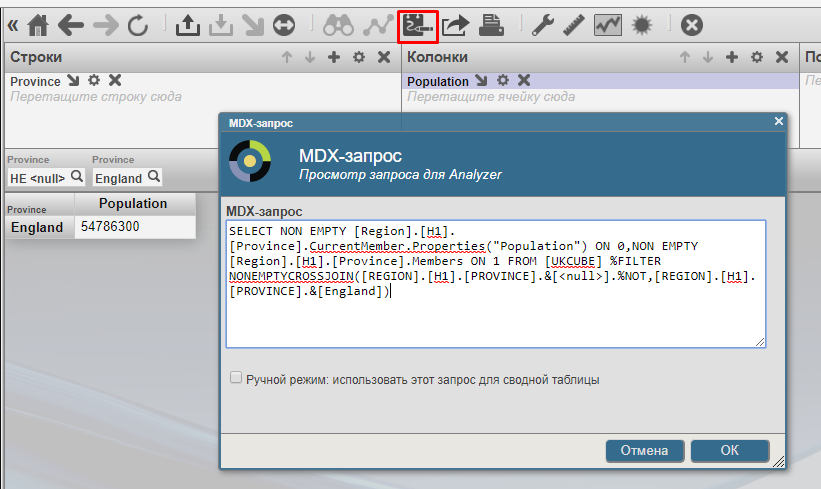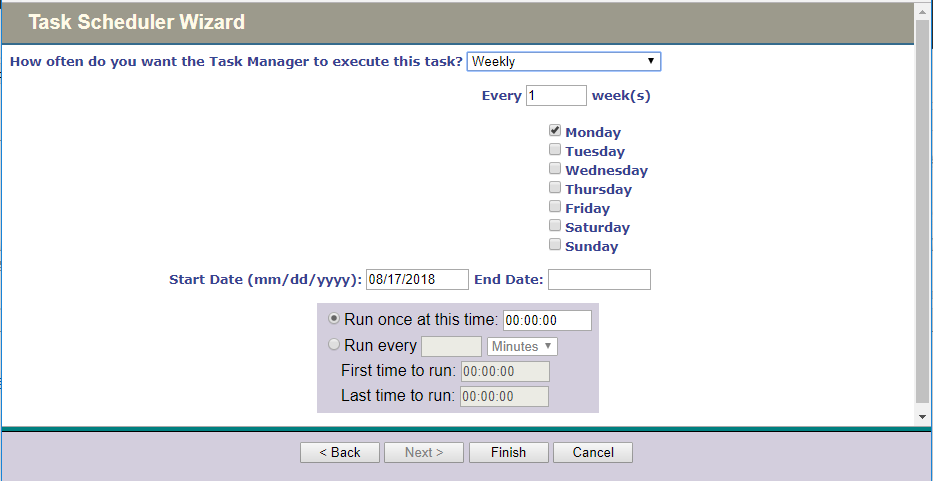DSW Reports - DeepSeeWeb Report Generator
DSW Reports - DeepSeeWeb Report Generator
Often, in analytical applications, users need to periodically generate and send PDF reports consisting of elements of an analytical panel. In the development on the InterSystems technologies this task is solved by the DSW Reports project, which is an extension of DeepSeeWeb. This article will describe how to use DSW Reports to generate PDF reports and send them by e-mail.
What is DSW Reports?
An integral part of the InterSystems IRIS Data Platform is the technology for developing analytical applications of the InterSystems IRIS Business Intelligence (formerly known as DeepSee). There is a separate project DeepSeeWeb , which uses a more modern web-interface (AngularJS) for visualizing Dashboards InterSystems IRIS BI. To communicate with the server side, DeepSeeWeb uses MDX2JSON , a project that provides REST API access to InterSystems IRIS BI.
About DeepSeeWeb and MDX2JSON we already wrote in articles one and two .
DSW Reports is a DSW extension written in AngularJS that implements the basic functionality for automatic report generation. DSW Reports uses DeepSeeWeb to render widgets and MDX2JSON for processing MDX requests.
Opportunities:
- Rendering selected widgets with installed filters.
- Displays the results of evaluating arbitrary MDX queries.
- Automatically print PDF reports and mail them
- Customizing the appearance of the report using CSS styles

Report creation
To generate a report in DSW Reports, it is enough to create at least 2 files:
- index.html - the frame and main page of the report, usually does not change.
- config.js - report configuration, changes for different reports, is responsible for filling the report.
The report configuration file must contain the getConfiguration function.
// function getConfiguration(params){...} The getConfiguration function accepts a params object, which contains parameters from the URL string and the optional " server " parameter, which is the server address. The " server " parameter has the form: protocol://host:port .
Thanks to the params object, you can report any data to the report via a URL string. For example, if you want to change widget filters as desired, then we pass the " filter " URL parameter and it will be accessible via the params object.
//<protocol://host:port>/dsw/reports/report_dir/index.html?filter=NOW function getConfiguration(params){ var filter = params["filter"]; // filter = "NOW" } The getConfiguration function returns an object containing 3 properties:
- REPORT_NAME - report name
- BLOCKS - an array of report blocks
- NAMESPACE - data area for the report
Let's take a closer look at an array of BLOCKS blocks. Block - an object with the settings of the widget, the settings of the calculated fields, etc.
Type of block:
{ "title": String, // "note": String, // . HTML "widget": { // iframe : "url": String, //URL iframe "height": Number, // iframe "width": Number // iframe }, "totals":[{ // MDX "mdx": String //MDX- "strings": [{ // "title": String, // . HTML. "value": String, // "value_append": String, // . // %, $ .. //% (x * 100). // HTML. "row": Number // MDX-, // . // 0. },{...}] },{...}]} All fields are required if the field is not better to set it as a blank line.
{ title: "Persons", note: "", widget: { url: server + "/dsw/index.html#!/d/KHAB/Khabarovsk%20Map.dashboard" + "?widget=1&height=420&ns=" + namespace, width: 700, height: 420 } } { title: "Khabarovsky krai", note: "Something note (only static)", widget: { url: server + "/dsw/index.html#!/d/KHAB/Khabarovsk%20Map.dashboard" + "?widget=0&height=420&isLegend=true&ns=" + namespace, width: 495, height: 420 }, totals: [{ mdx: "SELECT NON EMPTY " + "[Region].[H1].[Region].CurrentMember.Properties(\"Population\") ON 0,"+ "NON EMPTY {[Region].[H1].[Region].&[]," + "[Region].[H1].[Region].&[--],"+ "[Region].[H1].[Region].&[ ]} ON 1 FROM [KHABCUBE]", strings: [{ title: "Khabarovsk: ", value: "None", value_append: " ." }, { title: "Komsomolsk-on-Amur: <br />", value: "None", value_append: " .", row: 1 }, { title: "Komsomolsky district: <br />", value: "None", value_append: " .", row: 2 }] }] } How to fill the block?
The main fields for filling in the block are the url for the widget settings and mdx for the calculated values settings.
- MDX can also be compiled manually, but it is recommended to do this with the help of the Analyzer visual designer built into InterSystems IRIS BI / DeepSee.

- The URL can be obtained using DeepSeeWeb. Widgets built into the report are iframe elements, sources of which are DeepSeeWeb widgets. To get a link to the source, select the "Share" item in the context menu of the widget.

Customizing the appearance of the report
Along with the report libraries, a style.css file is supplied that allows you to edit the appearance of the report. It contains a standard set of classes that controls all elements of the report. You can also add your own style classes and use them in the index.html file.
Newsletter by E-mail
Suppose the report is ready and placed in the report folder in DeepSeeWeb. Those. An interactive HTML report is now available by reference. What should I do to convert it to PDF and send it by mail? This will be automatically done by pthantomjs and the built-in SMTP client. How to install and configure phantomjs can be found here ( windows , ubuntu ). Next, you need to configure the SMTP client and create a task in the Task Manager .
SMTP setup
All settings are made in the terminal.
- First you need to set up mail for distribution
')// SMTP do ##class(DSW.Report.EmailSender).setConfig(server, port, username, password, sender, SSLConfig)- server - the SMTP server address.
- port - the port for outgoing messages.
- username and password - authentication data.
- sender - E-mail address of the mailing.
- SSLConfig - Optional . The name of the SSL configuration .
- Then you should set up a list of users to distribute.
// do ##class(DSW.Report.EmailSender).addRecipient(email) // do ##class(DSW.Report.EmailSender).deleteRecipient(email) - After the previous steps, you can start the newsletter
// do ##class(DSW.Report.Task).Run(url, reportname)- url - link to the report.
- reportname is the name of the report. Used when generating PDF.
Automatic start of mailing
To automate the distribution we will use the Task Manager . Create a new task with the following parameters:
- On the first page, the launch area is configured and we register our function for launching the mailing list.

- On the second page, the time and frequency of the task launch are configured.

- The last step - click "Finish" .
Everything, after all these manipulations, we have got an auto-generated report consisting of DeepSeeWeb widgets, which at a given time is sent by mail in the form of PDF.
→ An example of the finished report can be found here.
→ The configuration file of this report is available here.
→ And here you can subscribe to weekly report delivery.
→ Link to repository
Source: https://habr.com/ru/post/419433/
All Articles